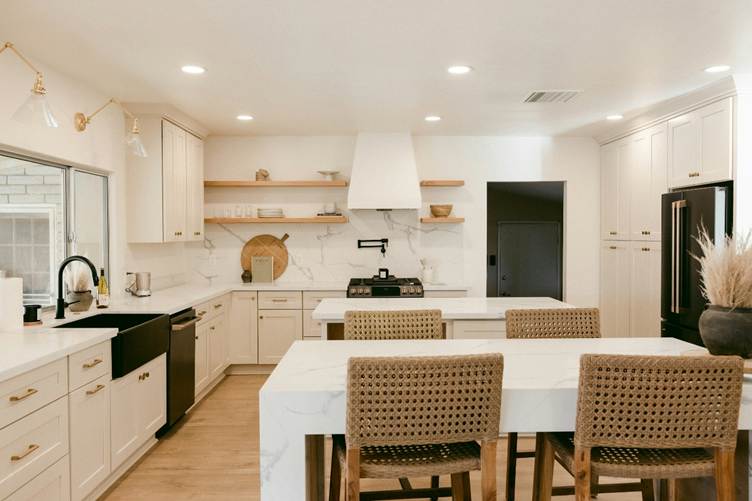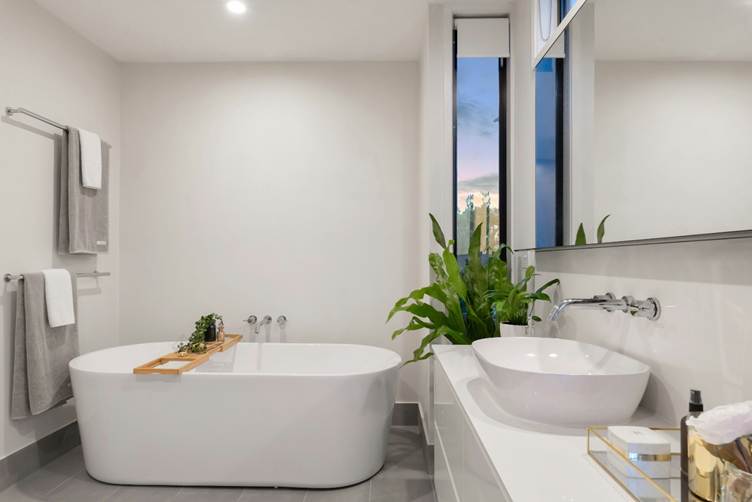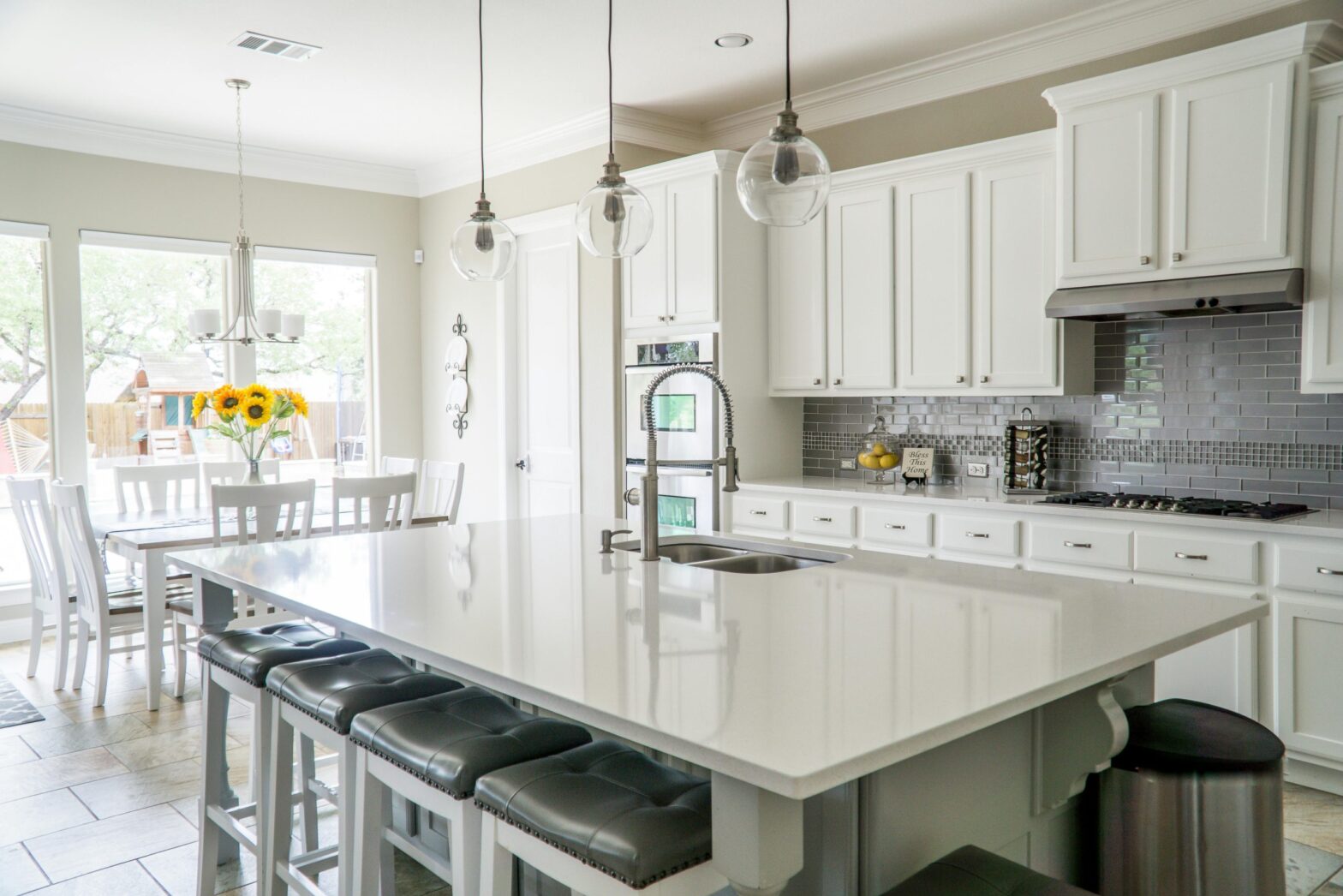In today's home environments, the demand for beautiful, coherent interiors is matched by the need for practical and efficient devices. Homeowners no longer want to endanger the design for performance – or vice versa. This shift in consumer expectation has led to a new wave of innovations: household appliances that are as visually appealing as functional. The integration of design and technology changes life from the kitchen to the living room and even in climate control systems.
The new standard for household appliances
Not too long ago, functionality ruled the appliance market. Performance, durability and price dominated purchase decisions. However, since the interior design trends influenced every corner of the house, from open kitchens to minimalist bedrooms, consumers expected devices to do more than just work, but also look good.
Modern devices are now designed in such a way that they complement the aesthetic selection in a room. Regardless of whether it is a matt-black refrigerator, a kettle inspired by retro or an almost in a clear cooling unit, today's models have to merge into the room instead of clumsy. This evolution has led to a new category: functional art. It is increasingly expected to improve the beauty of the house and at the same time deliver quiet high performance.
The role of materials and surfaces
An essential part of this shift was the redesign of materials and surfaces. Stainless steel remains popular, but now shares space with brushed brass, matte textures, frosted glass and even adaptable panels. Homeowners can select devices that correspond to their cupboards or fit into the walls. Brands are based on design and offer options with which the user can adapt the appearance of his devices.
This change is also not limited to high-end brands. Mainstream manufacturers have taken over the demand for beauty. Entry devices now often have slim lines, neutral tones and minimalist control panels. In view of the expansion of options in all budgets, aesthetic design has become democratic expectation.
Integration and space savings solutions
As houses, especially in urban environments, the demand for space -saving devices has increased. This necessity has heated up innovations in integrated devices that fulfill several functions or do not properly stand from the sight.
Dishwasher, microwaves and even washing machines are now often hidden behind cupboards or installed directly in kitchen islands. Smaller devices are designed with regard to the stovability, compilable, collapsible or multi-purpose options are preferred by those who want a utility without disorder.
Climate control systems also develop to meet these expectations. Conventional air conditioning systems are often bulky and visually annoying, with large external compressors and intrusive inner lights. However, a new generation of systems offers a more sophisticated approach. For example, wall mounting with a wall without an outdoor unit offers the entire functionality of conventional models, but with a discreet, elegant appearance that preserves the visual harmony of the room.
Kitchen as a construction focus
Nowhere is the intersection of aesthetics and functions more visible than in the kitchen. The kitchen is a central center for entertainment, cooking and even from home as soon as they were treated as a useful space. As a result, the appearance of kitchen appliances was radically covered.
Today's stoves, hobs and refrigerators are available in colors and styles that meet personal taste. Induction hobs mix seamlessly in worktops. Range hoods are hidden in cupboards or designed as architectural features. Even taps double now as a design elements and offer minimalist silhouettes or vintage surfaces in order to meet the topic of the room.
In addition, the intelligent kitchen trend contributes to this development. Language -activated controls, integrated screens and automation bring futuristic functions, while the user interfaces are slim and simple. The best clever devices marry high-tech comfort with reserved beauty.

Source: Jakob Owens at Unsplash
Living room innovations
The living room also benefited from this design function revolution. TV, once large and bulky, are now thinner than ever and sometimes disappear completely when they are not used. Modular furniture often contains technology, from integrated charging connections to hidden speakers.
Climate control, lighting and sound systems are designed taking into account discretion. Wall mounted control panels have replaced the remote control sea, while the intelligent lighting adapts to the mood and time of day without the need for unattractive wall switches. The goal is to maintain a quiet, stylish atmosphere and at the same time to improve the comfort and performance of the house.
Bathroom design and discrete technology
In bathrooms, cleanliness and simplicity and devices must support this aesthetics. Heated towel rails, underground heating and intelligent mirrors are always standard. The technology improves luxury and comfort, but its visual effect is minimal.
Even ventilation systems are discredited and replace box -shaped units with flat, flush fans that fit into tiled blankets or walls with a high gloss. The focus here is on maintaining the spa-like quality of the room without introducing hard industrial lines.

Source: Steven undervalued
Sustainability as a design selection
Another layer of modern design is sustainability. Consumers want devices that are energy -efficient, environmentally friendly and durable, but they don't want them to look industrially or bulky.
Manufacturers now find paths to highlight their green references without affecting the shape. Slim solar collectors, elegant composting solutions and inconspicuous water -saving technology are integrated into everyday life. Sustainability is no longer a subsequent thought – it is built into the design from the very day.
This commitment is particularly clear in products that solve certain urban problems. For example, many town houses lack space for traditional external air conditioning systems. The latest systems offer a beautiful alternative mesh, wall mounted options that work efficiently without changing the outside of the building or requiring major renovation work.
The emotional influence of beautiful functionality
This movement also has a psychological element. Beautifully designed devices can increase the experience of everyday life. They invite an interaction and promote a feeling of pride in the house. Regardless of whether it is the satisfactory glide of a quiet refrigerator drawer or the intuitive reaction of a movement -activated light, the design improves our relationship with the objects that we use every day.
This emotional connection to well -designed functions means that people invest in quality and maintain what they have. A feeling of harmony is created when every object in the house has both purpose and visual attraction.
Look ahead: what's next?
The future of household appliances is in continuing convergence. We can expect AI and Smart Tech to play larger roles, but always under the leading principle of the user first design. In addition to power and intelligence, device manufacturers prioritize subtlety, fluidity and aesthetics.
Designers also begin to explore more personalized solutions so that homeowners can create the appearance and behavior of their devices together. Think interchangeable panels, mood -based settings and systems that automatically adapt to seasonal or lifestyle changes.
What we see is a fundamental change in how we define the role of devices. They will no longer become invisible work horses or restless necessities, they will be part of the story that our houses tell – where taste, comfort and practicality meet.
